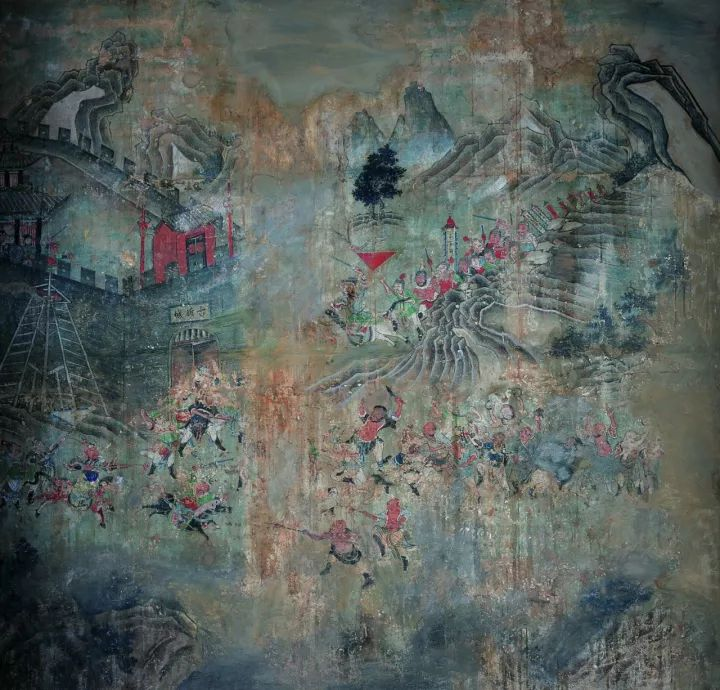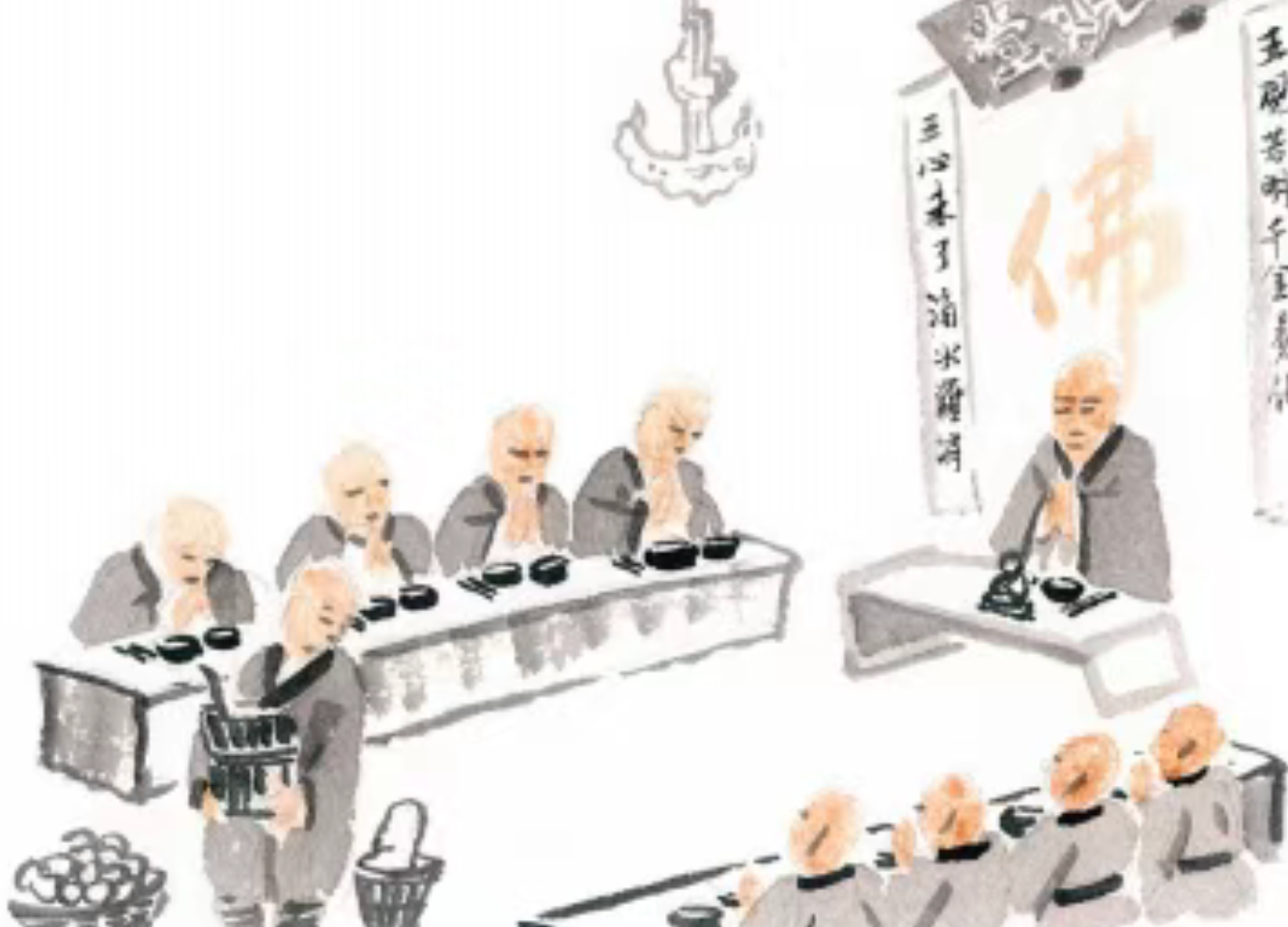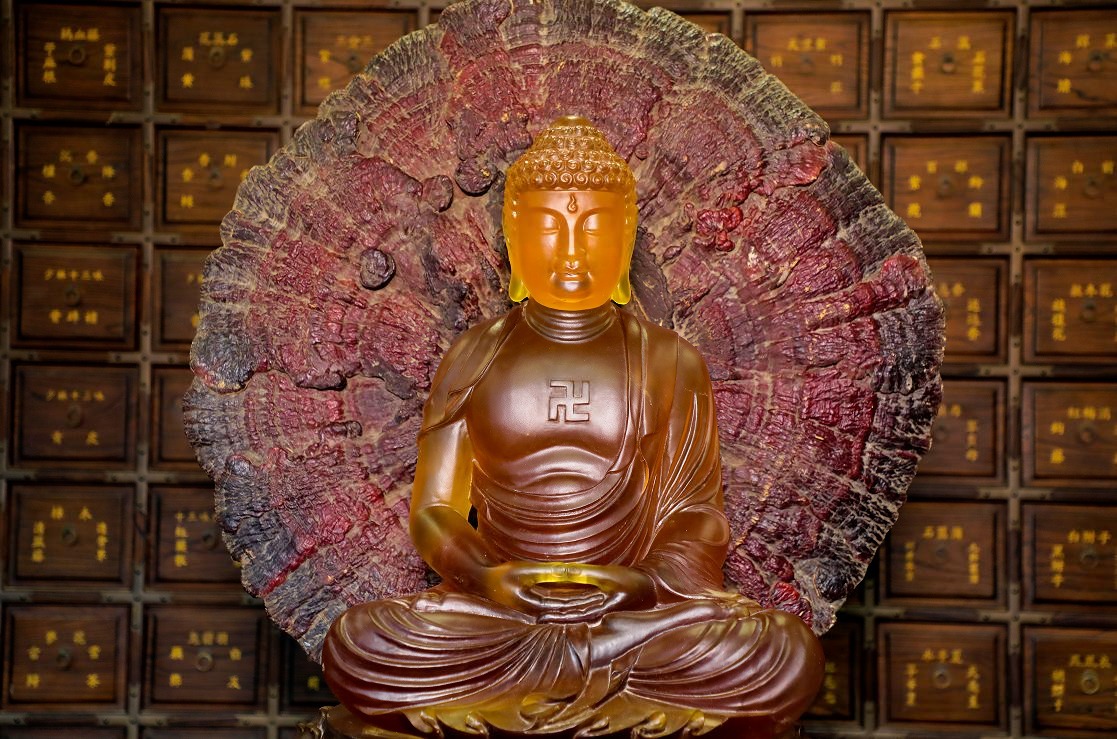
Is the story of the thirteen staff-wielding monks rescuing the Tang Emperor true? Who exactly were these monks who saved the emperor? Where did the rescue take place, and how was it carried out? This event is substantiated within the Shaolin Temple by both physical evidence and murals depicting the historical facts.
In front of the Mahavira Hall of the Shaolin Temple, there is a stele inscribed with an imperial edict personally written by Li Shimin (Emperor Taizong of Tang) at the time, known as the “Stele of Emperor Taizong’s Edict.” It clearly records the rewards Li Shimin bestowed upon the Shaolin monks after ascending the throne, as well as the names of the thirteen staff-wielding monks. This serves as irrefutable physical evidence. The names of the thirteen monks are: “Abbot Monk Shanhu, Temple Master Monk Zhicao, Chief Monk Huiyang, Great General Monk Tanzong,” along with others who contributed to the merit, including Puhui, Mingsong, Lingxian, Pusheng, Zhishou, Daoguang, Zhixing, Sengman, and Sengfeng, totaling thirteen individuals.
A mural depicting the historical event is located on the rear wall of the White-Clothed Hall (Guanyin Hall) in the Shaolin Temple. It portrays the thirteen staff-wielding monks fending off the pursuing Zheng general Wang Renze outside the eastern gate of the ancient Luoyang city, while protecting the Tang Emperor Li Shimin, who had just been rescued from the city and was riding a horse in a state of terror. This dynamic scene vividly conveys the difficulty of the rescue mission.
According to the “Shaolin Temple Chronicles” and related historical records, the thirteen monks’ rescue of the emperor in Luoyang took place in the third year of the Wude era (620 AD) during the reign of Emperor Gaozu of Tang. Li Shimin led his troops out of Tong Pass and advanced toward Luoyang to eliminate Wang Shichong, who had proclaimed himself the King of Zheng. This was a pivotal battle for the unification of the Tang dynasty. At the time, Li Shimin had just quelled the Qin regime established by Xue Ju in Jincheng, the Liang regime established by Li Gui in Wuwei, and the Tianxing regime established by Liu Wuzhou in northern Shanxi. Riding the momentum of these victories, he arrived on the southern bank of the Yellow River. Meanwhile, Wang Shichong had recently occupied Yinzhou and Dengzhou, and with the defection of Tang Prefecture’s Chief Clerk Tian Zan, he seized the Baigu Estate that Emperor Wen of Sui had bestowed upon the Shaolin monks, making his forces quite formidable. Situated within the strategic passes of Luoyang, Wang Shichong was able to hold his ground against Li Shimin. Initially, Li Shimin’s campaign did not go smoothly, and while scouting the terrain, he was captured by Zheng forces and imprisoned in the Luoyang city jail. Li Shimin’s younger brother, Li Yuanji, led troops to rescue him but was soundly defeated by Wang Shichong. At this critical juncture, the Shaolin monks, who were farming at the Baigu Estate and unwilling to endure further oppression from the Zheng army, heard of the Tang Emperor’s imprisonment in Luoyang. The thirteen staff-wielding monks, relying on their martial arts skills and their intimate knowledge of the Luoyang terrain, infiltrated the city at night and rescued Li Shimin, making a significant contribution to the unification of the Tang dynasty.



